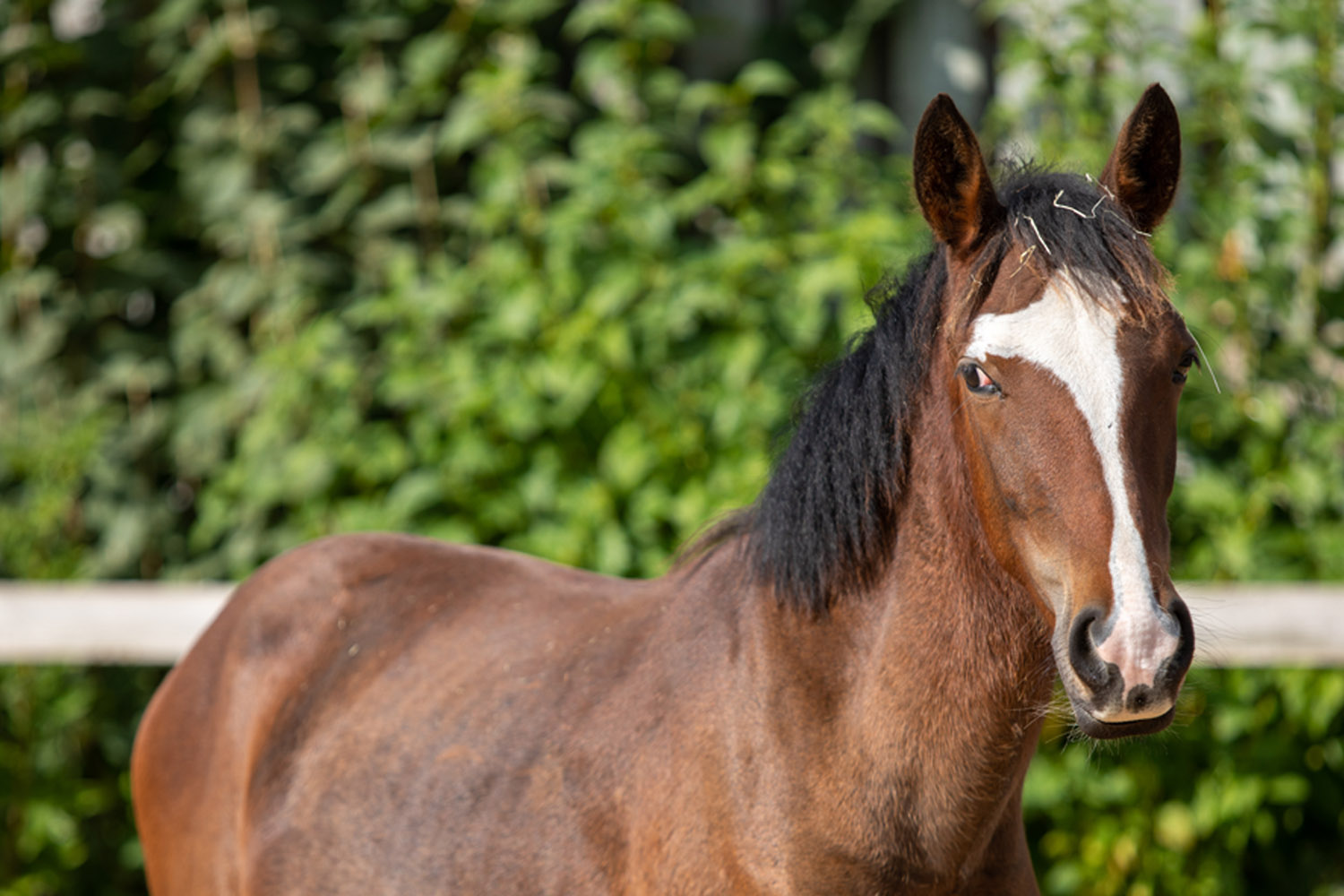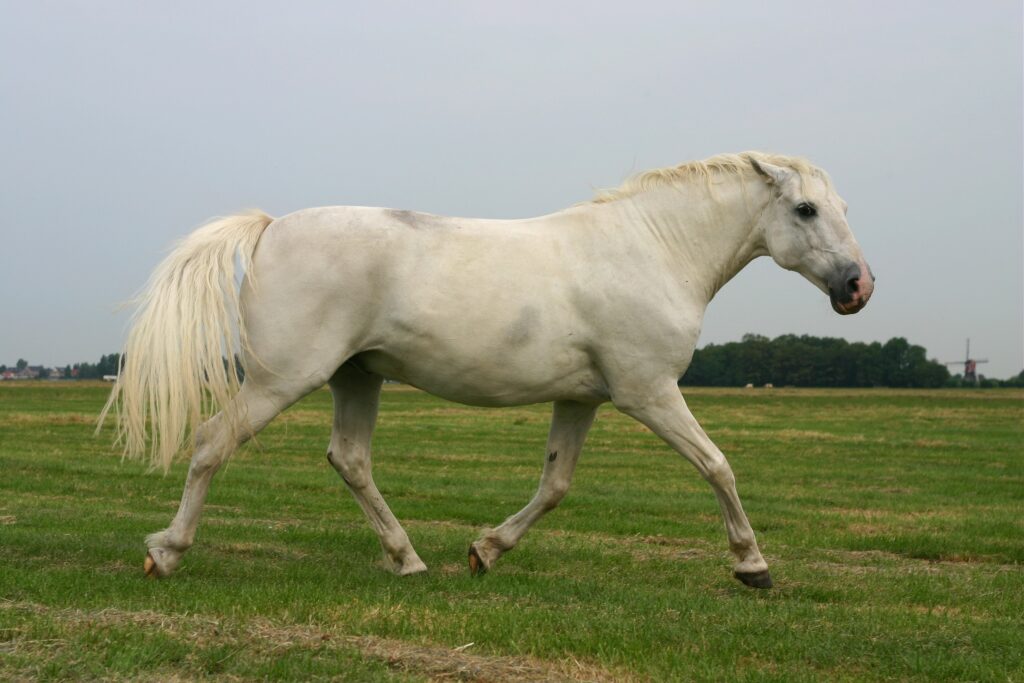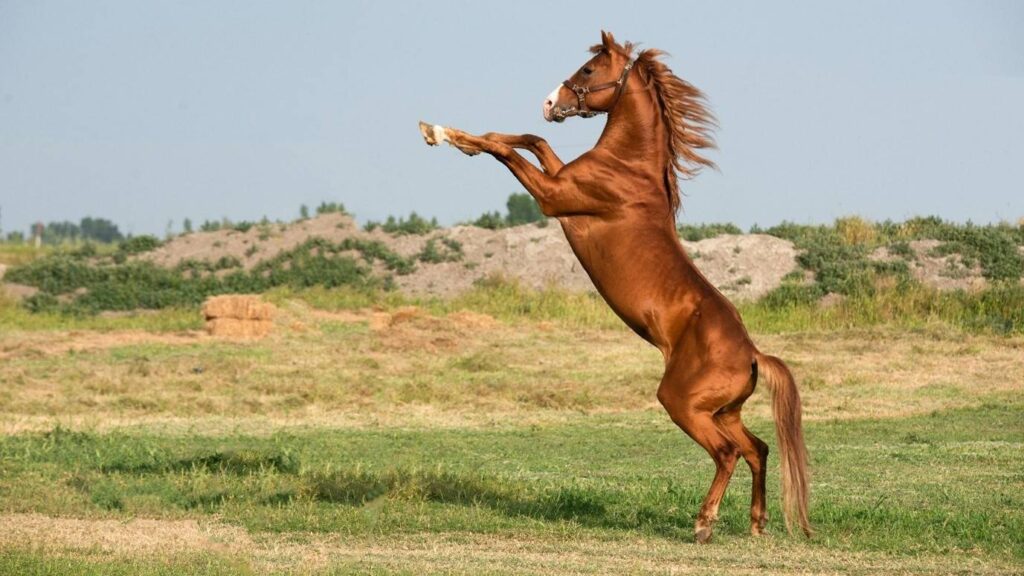The world of equestrian equipment can be quite intriguing, especially for those new to horse riding or considering getting involved with horses. Among the essential components in horse tack, a headstall plays a significant role. Understanding what is a headstall for a horse is crucial for ensuring your horse’s comfort and effective communication during rides. This detailed guide will introduce you to the multifaceted function of the headstall, explore its components, and guide you on selecting the right one for your horse.

Introduction to the Headstall
A headstall is essentially part of a bridle, minus the bit and reins. It serves as the foundation for attaching other pieces of equipment, like the bit, to a horse.
Choosing the right headstall is important for horse owners and riders who want to maintain proper control and ensure smooth communication with their horse. It is not merely about functionality but also about considering the horse’s comfort and performance.
Components of a Headstall
Understanding the Basic Structure
The basic structure of a headstall comprises the following parts:
1. Crownpiece: This sits on top of a horse’s head, holding the headstall in place.
2. Browband: This runs across the forehead, preventing the crownpiece from sliding back.
3. Throatlatch: This prevents the headstall from slipping forward over the ears and nose. It’s a vital safety component.
Variations and Additional Components
Some headstalls may also include a noseband for added control. Others might have decorative features for shows or competition settings, appearing in various materials and designs.
Types of Headstalls
Western vs. English Headstalls
One can categorize headstalls into Western and English types. Western headstalls often lack a noseband and include fewer parts, focusing on simplicity. Appearance-wise, they may have detailed leatherwork or bead designs. Conversely, English headstalls generally come with a noseband and are aligned with the needs of English riding disciplines.
Specialized Headstalls for Different Needs
There are various specialized headstalls used for specific purposesshow headstalls for competitions, training headstalls designed for providing better control during practice sessions, and ergonomic headstalls engineered for superior comfort for the horse.
The Importance of Correct Fit and Adjustment
Ensuring your horse’s headstall fits correctly is paramount. A poorly fitting headstall can cause discomfort or even harm to your horse, leading to behavioral issues on the trail or during training sessions.
Materials Used in Headstall Construction
Leather – Traditional Yet Durable
Leather remains one of the most popular materials for headstalls due to its durability and aesthetic appeal. Regular maintenance is key to keeping a leather headstall in good condition.
Synthetic Options
Synthetic headstalls may be more affordable and easier to clean. They are versatile and suitable for beginners or during activities that might lead to the equipment getting soiled.
Are you curious about maintaining your headstall and other horse riding gear? Learn more about the maintenance of riding gear for longevity.
How to Choose the Right Headstall
Considerations for Purchase
When selecting a headstall, consider the material, design, and fit. Ask yourself whether you need a headstall for functional purposes, competition, or both. Consider if you will value more an aesthetically pleasing design or a plain functional one.
Caring for Your Headstall
Regular Maintenance Tips
Keep your headstall in top shape by regularly cleaning them. For leather headstalls, using specialized cleaners and conditioners is advisable.
For more on maintaining horse riding gear, explore detailed tips on keeping equipment clean and safe by visiting this maintenance guide.
Ensuring Safety with the Right Headstall
The headstall ensures the rider’s communication with the horse is clear. By providing a secure attachment for bits and other accessories, it plays a crucial role in a riders safety strategy.
Preventing Potential Issues
With correct use, headstalls can prevent discomfort and accidents, ensuring a safe and enjoyable riding experience. For more safety tips when riding, consider reading these horseback riding safety tips.
Conclusion
Understanding what makes a headstall invaluable in the world of equestrian equipment is foundational for any horse rider or owner. Whether for show, training, or simply enjoying a ride in the country, the headstall remains a critical piece of gear. By choosing the right one and caring for it, you ensure more enjoyable and safer rides for you and your horse. To deepen your connection with your horse through groundwork, explore some bonding exercises that you’ll find both enriching and rewarding.

FAQs
Why is a headstall useful for beginners?
A headstall is essential for beginners as it helps inexperienced riders to control the horse better during practice. It is also pivotal in maintaining clear communication with the horse.
What material is best for horse headstalls?
Leather is highly recommended due to its durability and classic appeal. However, synthetic options are also valuable for their ease of cleaning and affordability.
How do I adjust my horse’s headstall?
Ensuring the headstall fits snugly without being too tight is crucial. Always check the fit around the ears and throatlatch, ensuring it remains comfortable while offering maximum control during rides.







